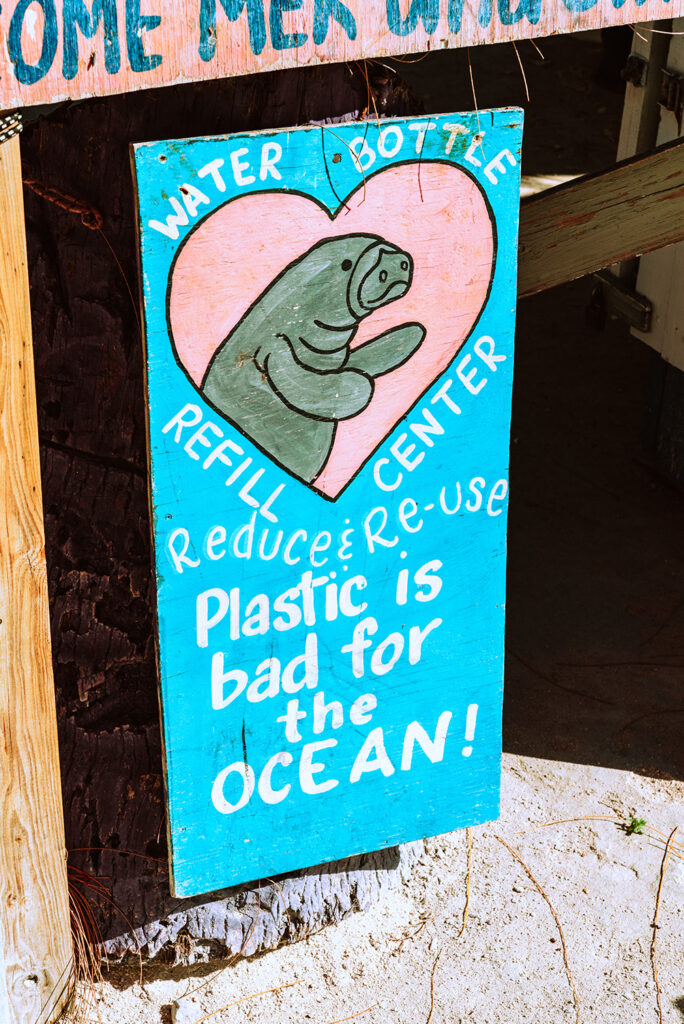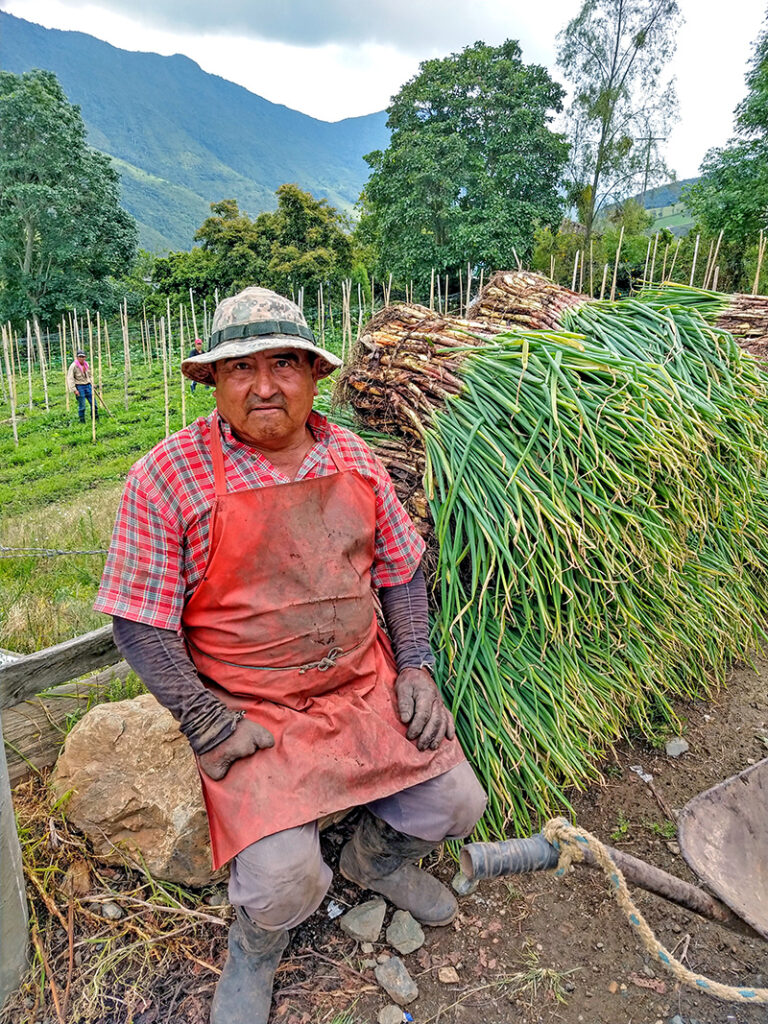In our quest to improve our lives, we tend to add to them. We add resolutions to our annual to-do list. We add recycling to the bin. We add information and ideas to solve problems. But what if, instead of adding to our increasingly busy lives, we subtract from them?
This is the basis of a recent book by Leidy Klotz, University of Virginia professor of engineering and author of Subtract: The Untapped Science of Less. Dr. Madhuri Karak of Rare’s Center for Behavior & the Environment (BE.Center) recently sat down with Leidy for a Rare Conversation to discuss his new book, its implications for solving ecological challenges like climate change, and ways environmental changemakers could add subtraction as a tool to their programming. (Yes, we see the irony of ‘adding’ a tool instead of removing one but read on – it’s worth it!)
Three takeaways from our conversation with Leidy Klotz:

1. Consider what you can take away to solve a problem.
The idea of improving our lives by removal isn’t necessarily new. Nobel prize-winning behavioral economist Daniel Kahneman revitalized the potential of subtracting in the early 2000s. Tidying expert, Marie Kondo, popularized it in recent years. But it’s an older idea attributed to social psychologist Kurt Lewin. Lewin said, “If you want to achieve change in behavior, there’s a good way to do it and a bad way to do it. The good way to do it is by reducing the restraining forces, not by increasing the driving forces.”
But subtraction is not a default practice used by environmental practitioners. “For a lot of human history, we’ve been surrounded by a world that can mostly be improved by adding stuff… where adding was really the dominant way to make things better,” Leidy explains. “This idea that we systematically overlook subtraction as a way to make things better is really problematic.” A core tenet of the subtract mindset is one that Rare has promulgated through the BE.Center’s behavioral programming: the understanding that we need to pay as much attention to removing barriers to action as we do to increasing motivations.

2. Remove, don’t just reduce.
We clearly need to acknowledge the structural forces and systems that encourage us to add to problems. Even in the classic ‘Reduce, Reuse, Recycle’ mantra, it’s easy to end up reducing waste but not actually removing it
In our conversation, Leidy referenced Rare’s Lands for Life program in Colombia, where we found that onion farmers’ assumption was that more inputs like chemical fertilizers and pesticides better their odds of a big harvest of large-sized onions. By simplifying the whole process (i.e. removing elements), farmers and their soil were better off.
As Leidy confirms, we must focus on removal, not just reduction, given the consequences for people and our planet. “For many environmental issues, we have overshot systemic limits, and when you’ve overshot limits, by definition, you need to subtract.” Leidy argues that removal needs to be a part of our decision-making process, given the existential and personal benefits to people, e.g., less carbon dioxide in the atmosphere, less cognitive burden, and less tension in the system.

3. Focus on the desired end state or improvement.
Focusing on the desired end state helps us to both avert feelings of loss when we subtract something and helps measure the power of subtraction. So, in the case of climate change, the desired end state is an environment with less carbon dioxide in it. Or in getting rid of stuff in your home, organizing expert Marie Kondo’s method focuses our attention on a clean and tidy home. Making the process of throwing stuff away more enjoyable is an important example of framing loss as a gain. It’s also important to measure subtraction in terms of the end state because the subtraction itself may be invisible, e.g., if you remove a barrier, the thing you took away is now invisible.
Conclusion
Leidy’s applied research is an important example of helping to change a dominant narrative and shedding light on our inherent biases and default behaviors. Applying science to creatively solve problems, as Leidy has done with the concept of subtraction, is core to Rare’s work through the BE.Center.